If you are purchasing a property with plans to renovate, that includes removing, moving or altering a wall, you will need to figure out whether the wall is load bearing or not. This is important for the overall stability and safety of a building or home. There is a lot to know about load bearing walls, and it is important to know how to identify a load bearing wall. Join us as we present this comprehensive guide.
Your Licenced Property Inspector
At ASBIR, we take pride in representing the gold standard in property inspection services. All of our inspections are performed in accordance with Australian Standards, and are covered by public liability and professional indemnity insurance. Contact us by calling 1300 553 007, or request an obligation free quote. Allow us to support you in your next property purchase or sale.
What are Load Bearing Walls, and Aren’t All Walls Load Bearing?
Load bearing walls are essential to the structural integrity of a building, i.e. they stop the house from falling down. However not all walls hold up the house. In other words, load bearing walls carry the weight of the roof and any upper-level floors. The weight is often referred to as the load. By contrast a non-load bearing wall is only responsible for holding up itself. (It is often called a partition wall).
What Happens If I Remove a Load Bearing Wall Without Adequate Support?
The removal of a load bearing wall can be catastrophic if not correctly undertaken by an experienced and licensed professional. The incorrect removal may create structural problems such as sagging ceilings, unlevel floors, cracking plaster or possibly structural collapse and injury.
How to Identify a Load Bearing Wall
The best way to establish whether a wall is load bearing or not is to physically enter the roof space above the wall in question and ascertain whether any roof load has been transferred onto the wall. A building inspector undertaking a detailed building or home inspection could provide this information for you.
If you are purchasing a home with the intentions of making alterations, it is vital to establish which walls are load bearing and which are not. The overall cost of any renovations may vary greatly depending on results. Sometimes simply installing a larger window to allow more light into the kitchen can prove to be a costly process if those walls are load bearing.
What To Do If You Want to Remove a Load Bearing Wall
The removal of load bearing walls may require building approval and certification. For example, Brisbane City Council has specific regulations about house demolition and wall removal. There are requirements outlined in the Brisbane City Plan 2014 – if you meet these requirements, you may not require approval, and if not you will need to find a way to satisfy the requirements. Alterations of non-load bearing walls do not require any approval. If you’re in doubt you can engage a building inspector to help you identify which of your walls are load bearing and which are just partition walls. After knowing which areas of your planned renovation are impacted by load bearing walls, you will be in a better position to plan your renovation and hire the right team to undertake it.
Who Is Qualified to Remove a Load Bearing Wall? Do I Need a Structural Engineer?
We always recommend the removal or alteration of load bearing walls be undertaken by a licenced builder, and in some cases under the consideration of a structural engineer. Due to the complex nature of the internal support system of a house, it requires the informed knowledge of a trained and experienced professional to ensure it is done correctly and in compliance with the necessary Australian Building Codes. A structural engineer is going to have the necessary technical knowledge to plan the change in support system that is required, however, an engineer is not going to be the one to perform the work. The work will need to be completed by a suitably qualified and licensed builder who, in some cases, will need to consult the engineer to ensure his planned work is appropriate.
When thinking about which builder to engage, it is important to ensure they have a plan for correctly addressing all elements of the wall removal or alteration and that they have an engineer they can consult with, if necessary.
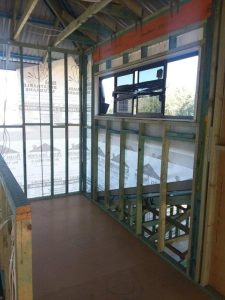
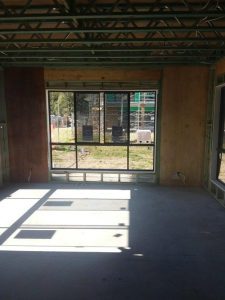
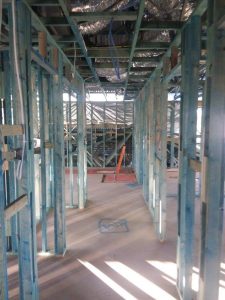
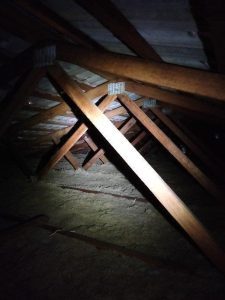
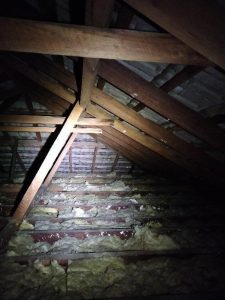
Contact Us to Learn more
If you have any questions regarding load bearing walls and how to identify them, a qualified building inspector with ASBIR can help. We will work with you, answer all your questions, and make sure you are well informed about any structural or stability issues related to your property. Call us on 1300 553 007 during our business hours, Monday to Friday from 8:00am to 5:00pm to speak to a member of our friendly team. You can also request an obligation free quote 24/7 via our Free Quote Form, or send us an email enquiry via info@asbir.com.au.
Updated February 2024


